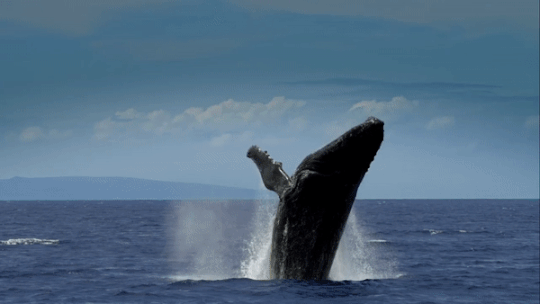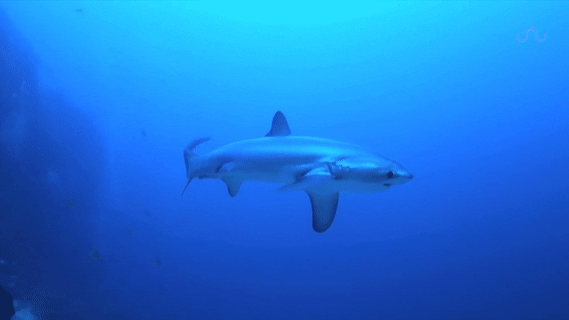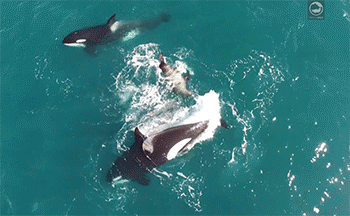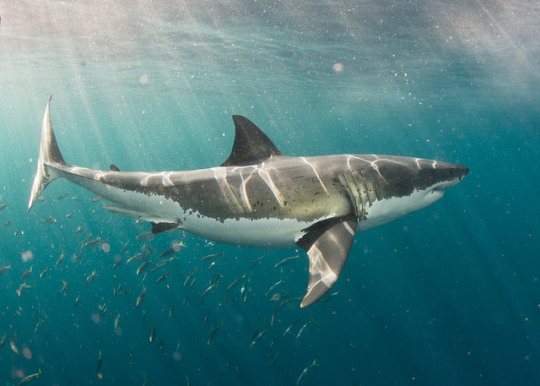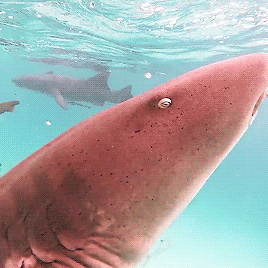Photo

So many seadragons! Leafy and weedy seadragons are masters of camouflage. Good thing, too, because they’re pretty slow swimmers. Can you count how many seadragons are in this picture?
600 notes
·
View notes
Text

Only one specimen of the whitetip weasel shark has been caught and recorded, a 96 cm (38 in) individual off the coast of South Africa
225 notes
·
View notes
Photo
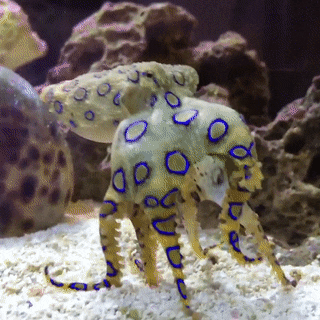

The Blue Ringed Octopus is one of the most venomous marine animals. Despite its small size, 12 - 20cm, their venom is capable of killing 26 adults within minutes. Their venom is a powerful tetrododoxin found in their saliva, which affects the nervous system and causes severe paralysis, leaving the victim unable to breathe. Because the bite is small and often painless many victims do not realize they have been bitten. It is possible to survive a Blue Ringed Octopus bite with artificial respiration.
(source)
2K notes
·
View notes
Link
My latest article for the UN Environment. If you’ve ever been diving you know that the issue of marine debris is more than meets the eye. Divers are on the front line and are key to the solution to #BeatPlasticPollution!
28 notes
·
View notes
Photo

Three cheers for the pom pom crab!
Also known as the Hawaiian boxer crab, these crabs are found in the waters around the Hawaiian Islands – including in Hawaiian Islands Humpback Whale National Marine Sanctuary. Its pom-poms are actually small anemones that it carries around for defense.
(Photo: NOAA)
(Image description: A small reddish crab with black lines on its legs and dark red patterns on its back. The crab is holding two yellow sea anemones.]
2K notes
·
View notes
Photo

FROM PANAMA TO MARIANA TRENCH: FEMALE WHALE SHARK MADE A RECORD!
For two and a half years, scientists followed the movements of Anne, a whale shark, during which she swam from the coast of Central America to the Mariana Trench.
In 2011, researchers put a transmitter on Anne near Coiba Island in Panama. In the following 841 days, Anne’s transmitter sent a signal to the ARGOS satellite when it swam close to the surface. These trasmitter allowed the team to follow its movements to the south to the Galapagos Islands and throughout the Pacific to the Mariana Trench, to the south of Japan and the east of the Philippines. She traveled a distance of 20142 kilometers.

-Whale shark route from Panama to the Mariana Islands (black track) tagged in September 2011, and old record from Mexico to the Marshall Islands (red track, tagged in September 1995).
The finding reinforces the position of the whale shark as one of the animals that travels most, along with leatherback turtle, gray whale and the arctic tern. In 2016, the IUCN cataloged the species for the first time as threatened. Biologists calculate that tropical and subtropical seas have less than half of whale sharks that they had 75 years ago, which increases the urgency of their protection.
Read also: This is why whale shark aggregate just in 20 sites!
Photo: A whale shark at Gladden Spit, Belize. Source Heyman et al.,2001.
Reference (Open Access): Guzman et al., 2018. Longest recorded trans-Pacific migration of a whale shark (Rhincodon typus). Marine Records
309 notes
·
View notes
Photo

Brydes Whale, there are less than 20 known off the entire West Coast of The United States.
Photo by @markgirardeau via instagram
1K notes
·
View notes
Photo
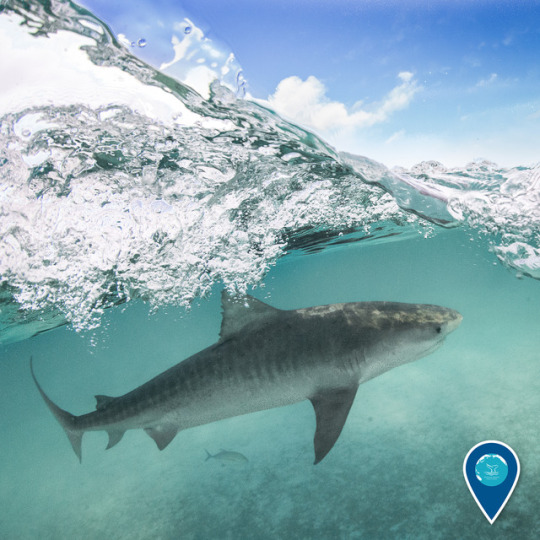
Shark Week continues with this tiger shark in Papahānaumokuākea Marine National Monument!
Tiger sharks are typically solitary and nomadic, often traveling up to 50 miles a day. In the Northwestern Hawaiian Islands of Papahānaumokuākea, tiger sharks are one of the main predators of albatrosses, waiting in the shallows for fledgelings who haven’t gotten the hang of flight yet.
(Photo: Koa Matsuoka)
496 notes
·
View notes
